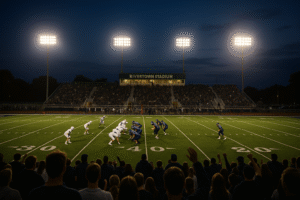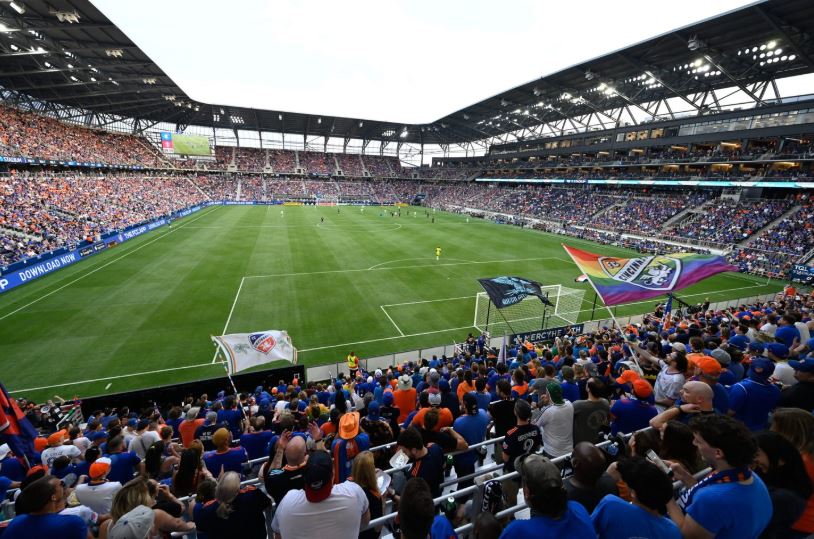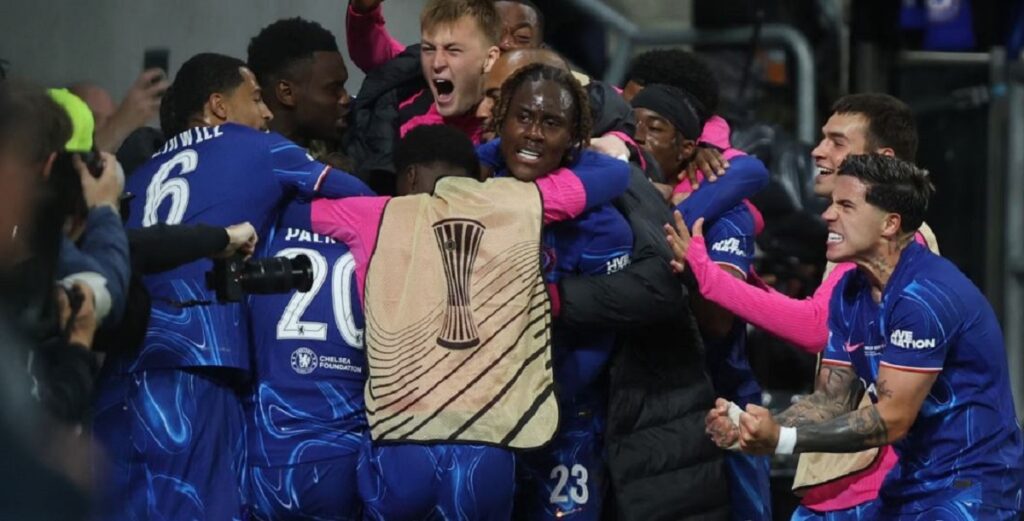Nothing electrifies a town quite like the glow of stadium lights on a crisp autumn night. High school football is more than a game; it’s a cultural touchstone that unites generations, funds extracurriculars, and launches athletic dreams. From powerhouse programs in Texas and Florida to emerging girls’ flag-football leagues in Connecticut, the sport’s footprint spans every state and socioeconomic backdrop. Yet beneath the cheers lie serious conversations about player safety, NIL (Name-Image-Likeness) rules, and the escalating college-recruiting arms race. This article dives into high school football’s history, community impact, competitive landscape, and the trends that will shape its next decade.
1. A Brief History of High School Football
The first recorded interscholastic football game occurred in 1875 between Boston English and Boston Latin. By the 1920s, statewide athletic associations formalized rules and playoff structures, cementing Friday nights as football nights. Television exposure in the mid-20th century—followed by ESPN’s nationally televised games in the 2000s—turned top high-school programs into household names. Legendary coaches such as John McKissick (South Carolina) and Gary Gaines (of “Friday Night Lights” fame) cultivated dynasties that made local games must-see events. Today, digital streaming allows even small-school matchups to reach fans worldwide, while national polls from MaxPreps and High School Football America rank teams across divisions, intensifying interstate rivalries.
2. Community & Economic Impact
High school football is a major economic driver for districts. Ticket sales, concessions, and booster-club donations can fund band uniforms, new weight rooms, and sometimes non-athletic programs like robotics or theater. A 2024 University of Georgia study estimated that a single playoff run generates an average $250,000 in local spending on restaurants, hotels, and merchandise. The social fabric strengthens as alumni return for homecoming weekends, and regional pride peaks when small-town teams battle big-city powerhouses. Communities also rally around charitable tie-ins: “Pink-Out” cancer-awareness games, military-appreciation nights, and scholarship funds honoring fallen players. In many rural areas, the stadium is the largest gathering place—serving as both a literal and figurative field of dreams.
3. Player Development & Recruiting
For athletes, high school football is the gateway to college scholarships and, for a select few, the NFL. Elite camps like the Elite 11 quarterback showcase and rivals.com regional combines provide exposure to recruiters who sift through thousands of highlight reels. The NCAA’s December Early Signing Period now makes junior-year performance critical. Meanwhile, Name-Image-Likeness (NIL) laws allow prep stars in states such as California and Missouri to monetize social-media followings—accelerating brand-building before college. Yet the majority of players will never play Division I; coaches emphasize academics, life skills, and alternative pathways such as NAIA and Division III programs that value scholar-athletes. Growing participation in girls’ flag football, sanctioned in over 10 states, is expanding scholarship opportunities for female athletes too, especially as the NAIA and NJCAA add women’s flag championships.
4. Safety Innovations & Rule Changes
Concussion awareness has transformed training methods. Most states cap contact practices to two per week, and many mandate certified athletic trainers on the sideline. New helmet tech—featuring impact sensors that alert trainers in real time—pairs with Guardian Caps in practice to reduce head trauma. Tackling clinics teach “heads-up” techniques, and rule tweaks (e.g., stricter targeting penalties, modified kickoff formations) aim to curb high-speed collisions. The NFHS (National Federation of State High School Associations) also endorses heat-acclimatization protocols, crucial in hotter climates where August scrimmages once pushed athletes to dangerous limits. These measures have lowered catastrophic-injury rates, though ongoing research and widespread adoption remain essential for long-term safety.
5. The Friday-Night Experience
From booming marching-band drumlines to concession-stand aromas—think funnel cakes in Texas or chili dogs in Ohio—the sensory experience of a high-school game is unmatched. Student sections choreograph themes (“white-outs,” neon nights), while social-media accounts live-tweet plays and student videographers post TikTok highlights minutes after touchdowns. Rivalry trophies—like the Little Brown Jug in Minnesota or New Jersey’s Old Oaken Bucket—add cinematic lore. Technology now boosts officiating with instant-replay systems in some states, while LED scoreboards rival small college stadiums. Yet traditions endure: pep rallies, homecoming courts, and parents forming victory tunnels. The hybrid of nostalgia and modern flair keeps attendance robust, even as pro and college sports dominate TV.
6. Emerging Trends to Watch
| Trend | Why It Matters |
|---|---|
| Girls’ Flag Football Boom | Projected to hit 20+ NFHS-sanctioned states by 2027, offering new scholarships and expanding fan bases. |
| Streaming & Micro-Paywalls | Schools monetize live streams, giving displaced alumni front-row access and new revenue streams. |
| Data-Driven Coaching | Hudl and Catapult analytics track player workloads, minimizing injuries and optimizing schemes. |
| Esports-Style Scouting | Colleges use AI to grade thousands of plays, accelerating recruitment decisions. |
| Mental-Health Initiatives | Mindfulness apps and team counselors address pressure from year-round competition and social media. |
Conclusion
High school football’s enduring magic lies in its dual identity: a venerable American ritual and an evolving ecosystem pushing technological, cultural, and social boundaries. Whether you’re cheering under metal bleachers in rural Nebraska or streaming a national powerhouse on your phone, the sport continues to forge connections that outlast the final whistle. As safety frameworks strengthen, NIL reshapes opportunities, and girls’ leagues surge, high school football is poised not to fade but to flourish—illuminating Friday nights for generations to come.



